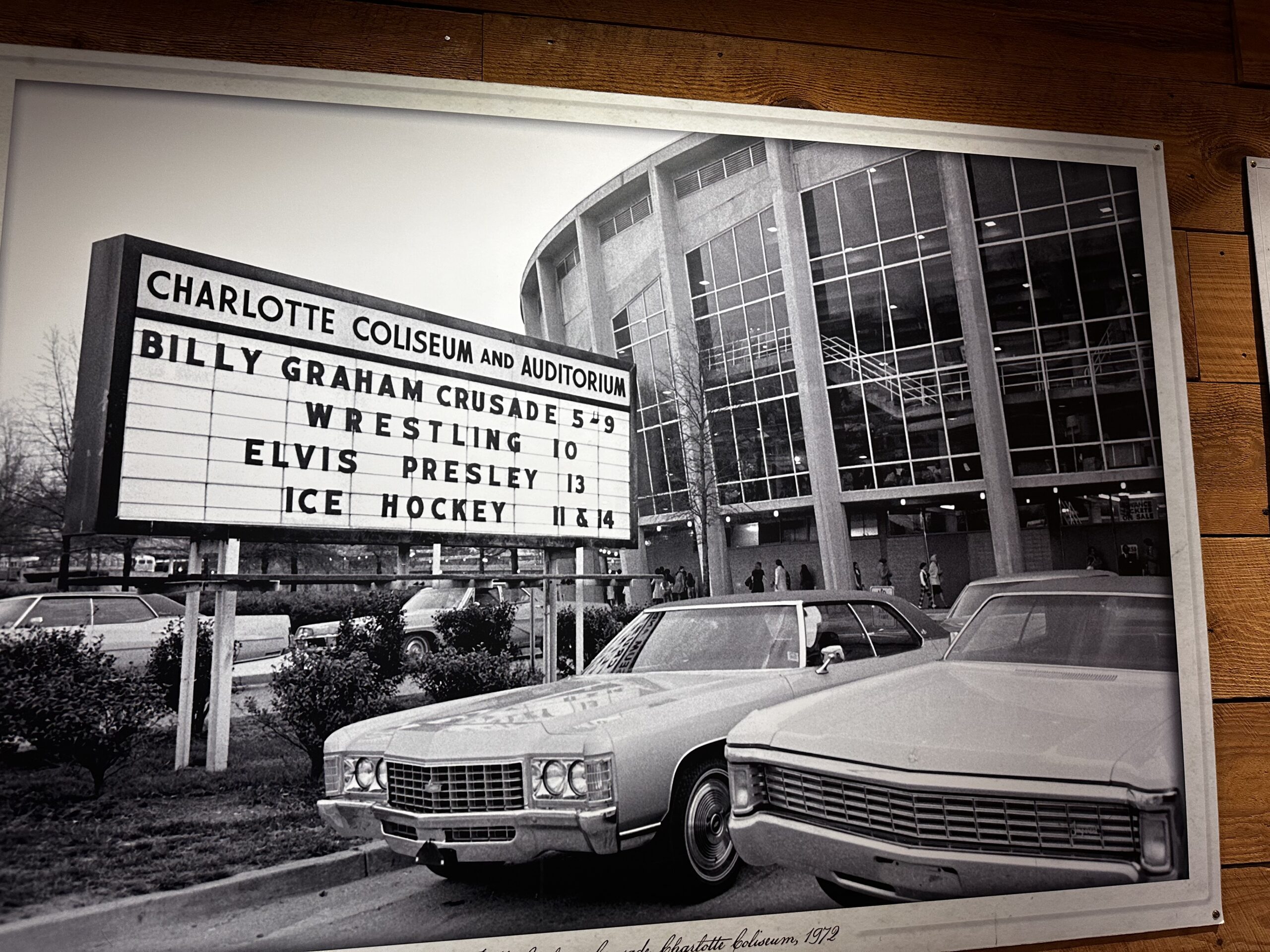
Where success is concerned, people are not measured by inches, or pounds, or by college degrees, or family background; they are measured by the size of their thinking. – David Schwartz
As a leader, your style of thinking says as much about your leadership as it does your decision-making skills. If you are a leader who tends to shoot from the hip with your decision-making, it might be safe to say that your thinking process is a reflection of that same approach.
I’m reminded of the story of a man who bought a new gadget – unassembled, and after reading the instructions, just couldn’t figure out how to put it together. He sought the help of an old handyman. The old handyman picked up the pieces, studied them, and then began assembling the gadget.
In a short time, he had put it together. “That’s amazing,” said the man. “And you did it without even looking at the instructions!”
“Fact is,” said the old man, “I can’t read, and when a fellow can’t read, he’s got to think.”
My friend Anthony is a successful architectural designer. His work is amazing and award-winning. He has a special gift when it comes to his craft (Click here to visit Anthony’s website). In as much as I am impressed by his work, I was just as impressed by his perspective when I recently came across a post where he referenced the quote that said, “Your ‘normal’ day is someone else’s dream, so be thankful every day.” Anthony’s perspective got me thinking about, well, the way that we think.
What you may consider ‘normal’ or ‘routine’ for you as a leader may very well be someone else’s dream. When others are looking at you, drawing inspiration from you, wanting to emulate your success or craft, this is not something that should ever be taken for granted. I believe Anthony’s perspective is worthy of adapting to my leadership, and I can’t help but think it will benefit yours as well.
What considerations ought to go into our ‘normal’ thinking patterns as leaders? Here are a few ideas for starters.
Make ‘normal’ – thinking of others first
This type of thinking breaks with the traditional mold of looking out for oneself first. As a leader, your ability to think of the good and welfare of those you lead is your first priority. Remember the first rule in leadership – it’s not about you! Let’s strive to make servant leadership normal again.
Make ‘normal’ – thinking with others
Leadership is not done in a vacuum. You and I gain leadership perspective when we do what I call “thinking out loud”. I do this often with others whereby I pitch ideas and thoughts I have about life and leadership to gather a broader perspective. In some cases, it validates those thoughts and ideas and at other times it confirms it was a bad idea. Let’s strive to make collaborative leadership normal again.
Make ‘normal’ – thinking long
In the age of instant gratification, instant leadership can be disastrous. Thinking long means avoiding the “tyranny of the urgent” by embracing the wisdom of restraint with an understanding of the impact your decisions have on today but, also in the future. Simon Sinek said, “The big picture just doesn’t come from distance; it also comes from time.” Thinking long can give you a perspective that instant leadership can’t give you. So be sure to ask yourself if what you are thinking today will stand the test of time. Click To Tweet Let’s strive to make thinking long normal again.
Final Thoughts
Henry Ford said, “Thinking is the hardest work there is, which is probably the reason why so few engage in it.” Be a leader who is not afraid to think of others first, to think with others, and to think long. We must not only think outside the box but think while we are in it.
©2024 Doug Dickerson








